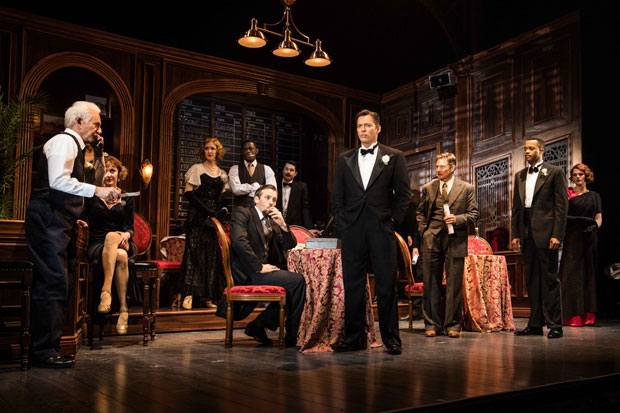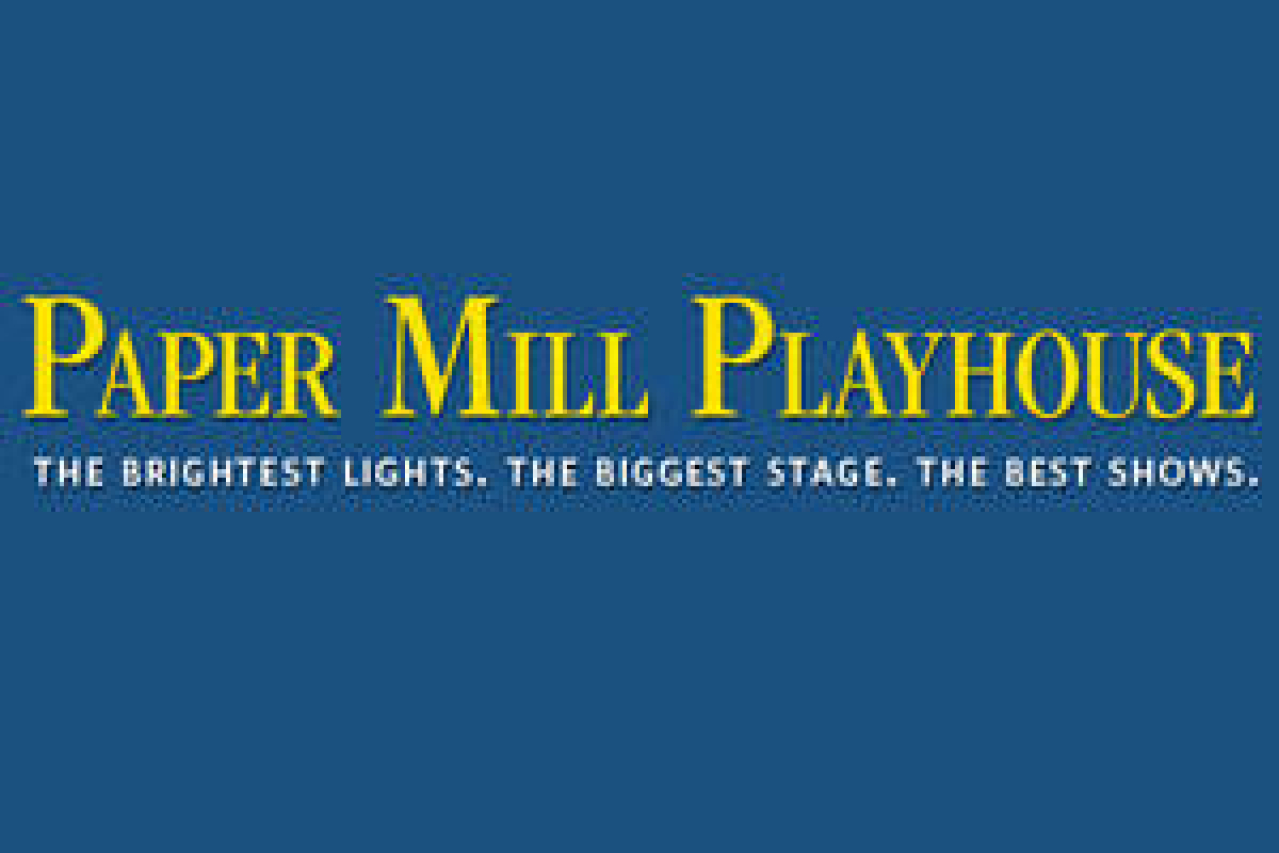The Sting Tries to Pull Off the Perfect Con

(© Evan Zimmerman)
Expectations are certainly high for The Sting, a new musical inspired by the 1973 Oscar-winning Paul Newman-Robert Redford film. On paper, it has everything going for it: a book by Drowsy Chaperone cocreator Bob Martin, a score that reunites Urinetown writers Mark Hollman and Greg Kotis, and a cast led by matinee idol Harry Connick Jr. But as soon as the curtain comes down on this Paper Mill Playhouse world premiere, all of us in the audience feel taken.
The Sting is the latest movie-turned-musical that doesn't prove why it needs to sing. With a few alterations (namely changing the racial background of Redford's character), Martin's book only switches the medium of David Ward's screenplay, rather than expanding upon it. The songs (written by Hollmann and Kotis, with contributions from Connick) are one-dimensional. No matter how hard director John Rando tries to keep the action flowing, the production moves with the pace of someone wearing cement blocks on his feet.
Considering how much fun The Sting has the potential to be, that's a real shame. Charming con men are the backbone of the American musical, and the two protagonists here, Henry Gondorff (Connick) and Johnny Hooker (J. Harrison Ghee), are worthy successors to Sky Masterson and Harold Hill. After a grift that leaves one of his partners dead, Hooker finds himself on the run from capo Doyle Lonnegan (Tom Hewitt). Fleeing from Joliet to Chicago, Hooker hooks up with Gondorff, a confidence man gone to seed, in an effort to take Lonnegan down. Together, and with the help of their motley associates (played by Broadway's Kate Shindle, Peter Benson, and Christopher Gurr, as well as Three's Company's Richard Kline), Gondorff and Hooker resurrect an old scheme where they open a fake off-track-betting parlor to swindle Lonnegan out of thousands.
The canniest aspect of Martin's book is making Hooker African-American, and the ensuing struggles of being a black grifter desperate to prove himself in 1936 Illinois add depth to the character. Martin could go even further with this and it'll still work, especially with the silky-voiced Ghee, beautifully nuanced and towering over everyone, in the role. The same goes for Martin's expansion of Shindle's character, Billie, a brothel proprietor and Gondorff's on-again, off-again love interest. Martin gives the character more agency than Eileen Brennan had on-screen, and Shindle naturally commands the stage. More of that would go a long way, too.
But Martin is stymied by the sheer amount of plot twists, turns, and sudden reveals he has to get through. As a result, the show is excessively long and in desperate need of trimming (especially in the scenes where the actual cons take place). Hooker's dead partner Luther (Kevyn Morrow) doesn't need to be turned into an angelic narrator in a white linen suit (Paul Tazewell's costumes are too on-the-nose), and Hooker's love interest, a waitress named Loretta (Janet Dacal), certainly doesn't need two songs and a dream ballet. The score itself, written in big-band mode and lacking in expressive lyrics, is overshadowed any time the orchestra strikes up a familiar Scott Joplin rag during scene changes (it wouldn't be The Sting without "The Entertainer").
Rando tries to inject cinematic flair through a gritty, if flimsy, set by Beowulf Boritt and dark, vague lighting by Japhy Weideman. Until it starts dancing though, the production sits on stage like a lump. At least Warren Carlyle's exuberant choreography exists to wake us up. It's always thrilling to hear the sound of tap shoes on a wood floor, and Carlyle's work on The Sting is certainly a paradise for lovers of story-driven dance (even if the ensemble members can't always execute certain lifts without their knees buckling).
The presence of Connick is a coup for Paper Mill Playhouse, but his central performance is where The Sting really falls short. A far cry from his thrilling Broadway debut in The Pajama Game, Connick is underwhelming to say the least, crooning with finesse but stiff as a board and lacking in chemistry with any of his scene mates. He's no Paul Newman – nobody is – but looking like you want to be there is half the battle. If he doesn't, neither do we.
If Broadway really is the intended destination for The Sting, the creators need to go back to the drawing board and figure out why this property needs to sing. As it stands now, the show just feels like a con, and a long one at that.











